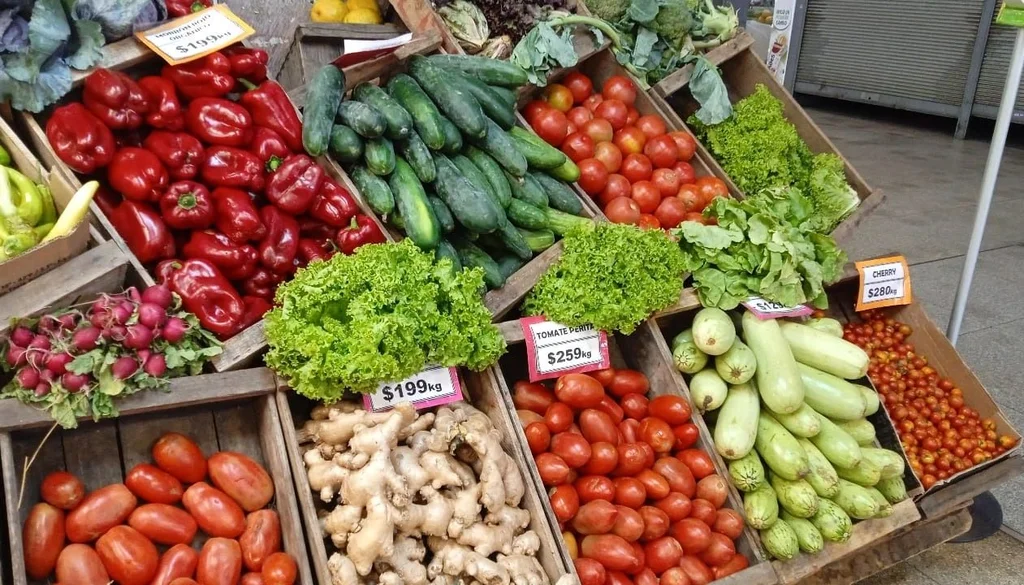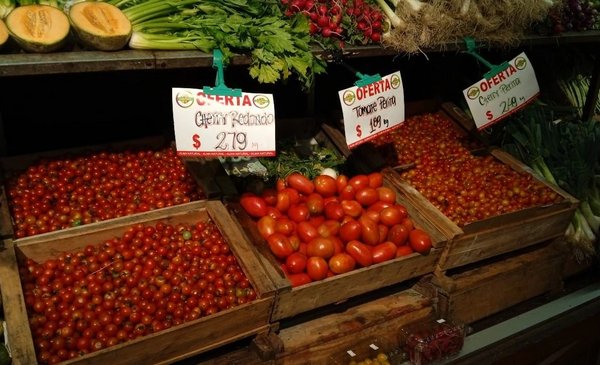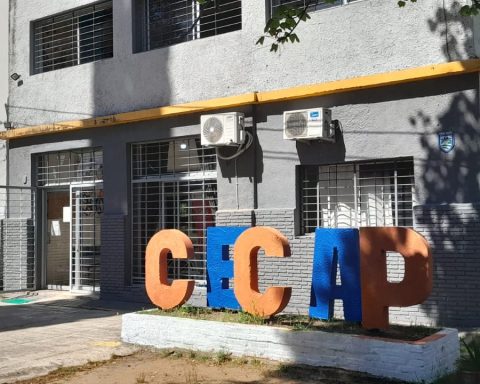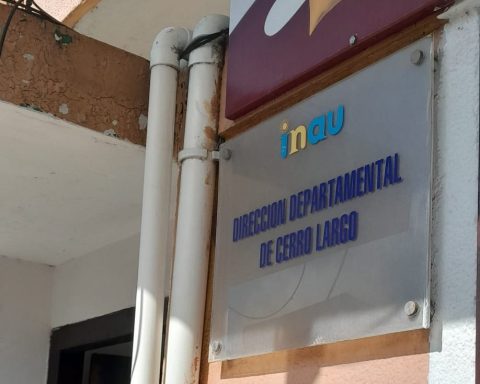The kilo of American tomato can be obtained between $160 and $230, depending on the caliber and quality. It also affects the place where you buy it. For the price to normalize and drop noticeably, we will have to wait at least a month.
According to a price survey carried out by The Observer this Thursday at the Montevideo Agricultural Market (MAM), perita tomato costs between $189 and $259; while the cherry can be had between $249 and $280.
The price “is high for what the normal values are,” said Pablo Pacheco, a member of the Farmer Observatory of the Metropolitan Agrifood Unit (UAM), who announced that a normalization of prices is expected for the second half of Aprilmore precisely on the end of the month.
For the values to fully normalize, it will be necessary to wait until May since the production from the north of the country enters the market, he commented.
“As April progresses and supply increases, we expect the price to drop,” he said.
Analia Pereira
The tomato is one of the main horticultural products sold in Uruguay at the wholesale level.
Atypical values
Last Monday, a UAM price survey showed a kilo of tomato at the wholesale level between $100 and $170 per kilo; and between $170 and $250 a cherry, at the wholesale level as well. It is either imported production or from the south of the country. Today, “they are a little cheaper”, around the maximum of $120, but they are still “Atypical values”commented.
“Normal” prices are between $30 and $60 per kilodepending on the type, caliber and quality of the product, he indicated.
MAM merchants explained that, In the case of the American tomato, the kilo fell $20 between this Wednesday and this Thursday.
What explains the price
As Pacheco explained, the tomato in the region “is expensive”, in recent weeks it was worth $99 a kilo in Brazilso for those who import it, it means a high cost, which is then translated into the retail market so that their business is profitable.
On the other hand, Regarding the national production, the climatic conditions in Uruguay affected the productionwhich has also conditioned the values that appear in the market.
While the production in the north is done mostly in greenhouses, in the south of the country a large part of the plantations are in the field, which is why they have been more affected by conditions such as drought and intense rains.
In some areas of Canelones, rainfall close to 360 mm in 15 days was verified and this led to field crops deteriorating and thus production falling.
The technician explained that the abundance of water causes situations of stress due to excess water, in addition, the water has to be at levels that allow the roots to absorb it, therefore, when there is “waterlogged soil” the roots suffocate.
Despite these conditions, the quality of the supply on the market “is good,” he added.

Analia Pereira
The quality that is currently seen is good.
They did not choose the tomato
Also, the offer fell for another reason. A report published by the UAM in recent days emphasizes the “especially complicated” weather conditions of last summer, mainly the drought. Although the tomato is a crop that is grown under irrigation, water sources were insufficient on some occasions and “in the need to prioritize what to irrigate, the producers did not choose the tomato that – until very late last December – showed unattractive prices,” the document indicates.
The tomato is one of the main horticultural products sold in Uruguay at the wholesale level, In 2021, this vegetable ranked sixth in volume of total supply admitted to the UAM (with almost 21,000 tons).
Pacheco explained that Normally, 400 tons enter the market per week, but last week, 287 tons entered the market.
Customers keep buying
Despite the high prices, demand has not collapsed. According to MAM merchants, customers complain about the prices, but continue to buy, although in smaller quantities.
The drop in demand can be explained not only by the price of the product, but also because we are at the end of the month, when sales normally drop.

Analia Pereira
A drop in prices is expected for the second half of April.

















